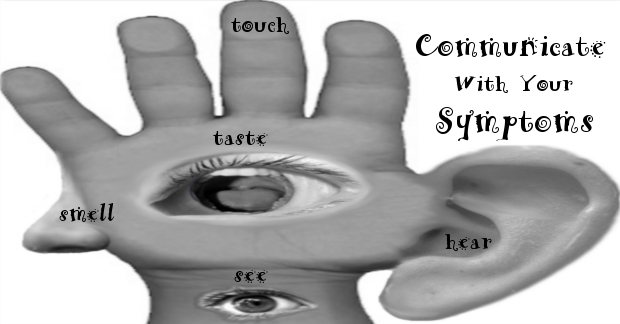 Submitted by John Hur M.D. 02.14.2011
Submitted by John Hur M.D. 02.14.2011
Only a doctor can determine the true source of a patient’s hip pain but there are ways that you, as the patient can assist with diagnosing the problem.
During your medical evaluation your doctor will ask you to describe the kind of pain you are experiencing. Hearing about these details can help your doctor determine the cause of your discomfort and the kind of treatment needed. Details such as the location of the pain, the activities that exacerbate the pain or information about previous hip-related injuries is information that should be considered during your medical evaluation.
Following are some common hip pain diagnoses and their corresponding signs and symptoms.
Arthritis: With arthritis-based hip pain, it hurts to move your joints. that includes walking, climbing stairs, and bending down to pick things up. Patients may also experience a limited range of motion, stiffness in the hip and a slight limp when walking. What is interesting about hip arthritis is that symptoms do not always progress steadily with time. often patients report good months and bad months or symptom changes with weather changes. This is important to understand because comparing the symptoms of hip arthritis on one particular day may not accurately represent the overall progression of the condition.
Snapping hip: a patient might describe this condition as a pop in the hip when they move their leg.Most patients do not consult a physician when they experience a snapping hip because it rarely causes pain or discomfort. However, when pain does occur a patient’s physician will need to determine the cause of the snapping. To do this a physician will ask a patient to describe the location of the pain, the kind of activities that bring on the snapping, and whether the patient has experienced any trauma to the hip area. the physician also may ask the patient to try to demonstrate the snapping during their medical evaluation.
Stress fracture of the femoral neck: If a patient experiences a dull ache in the groin area that gets progressively worse and does not improve with rest, it may be a stress fracture of the femoral neck. the pain also may feel similar to a pulled muscle but unlike a muscle it will not improve without medical treatment. the two most common causes of a stress fracture to this area include falling or a repetitive stress injury as a result of vigorous exercise.
Trochanteric bursitis: when the bursa, the fluid-filled sack on the side of the hip that overlies the bony portion that you can feel, becomes irritated or inflamed it causes pain in that area. in this situation a patient may experience pain when lying on the affected side, when pressing on the outside of the hip, getting up from a deep chair or getting out of a car, or while walking upstairs.
These are some of the most common hip conditions. However, everyone experiences pain in their own unique way, so it is possible that a patient’s hip pain does not perfectly fit within one of these categories. Orthopedic hip specialists are trained to administer diagnostic tests that can identify each individual’s condition. Once the pain has been diagnosed a physician can identify the proper treatment that works best for that patient’s unique situation.